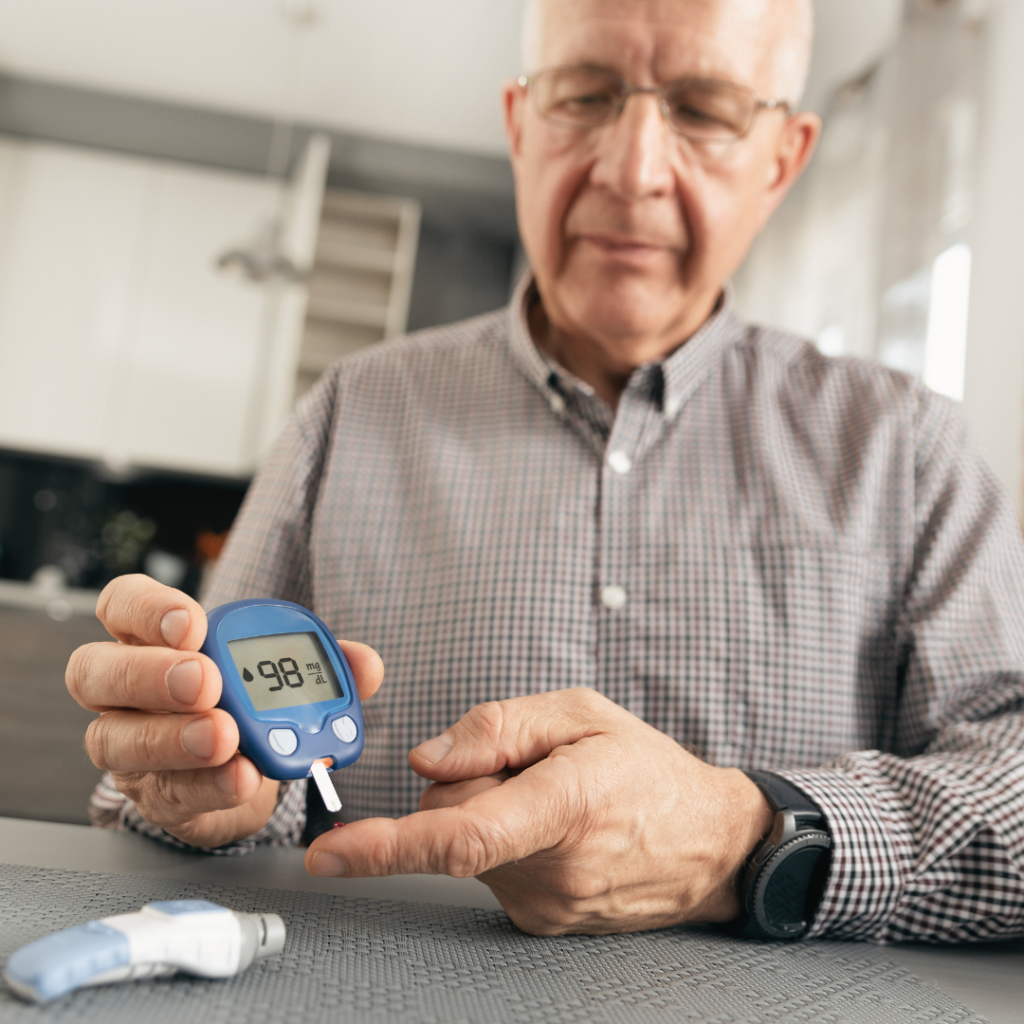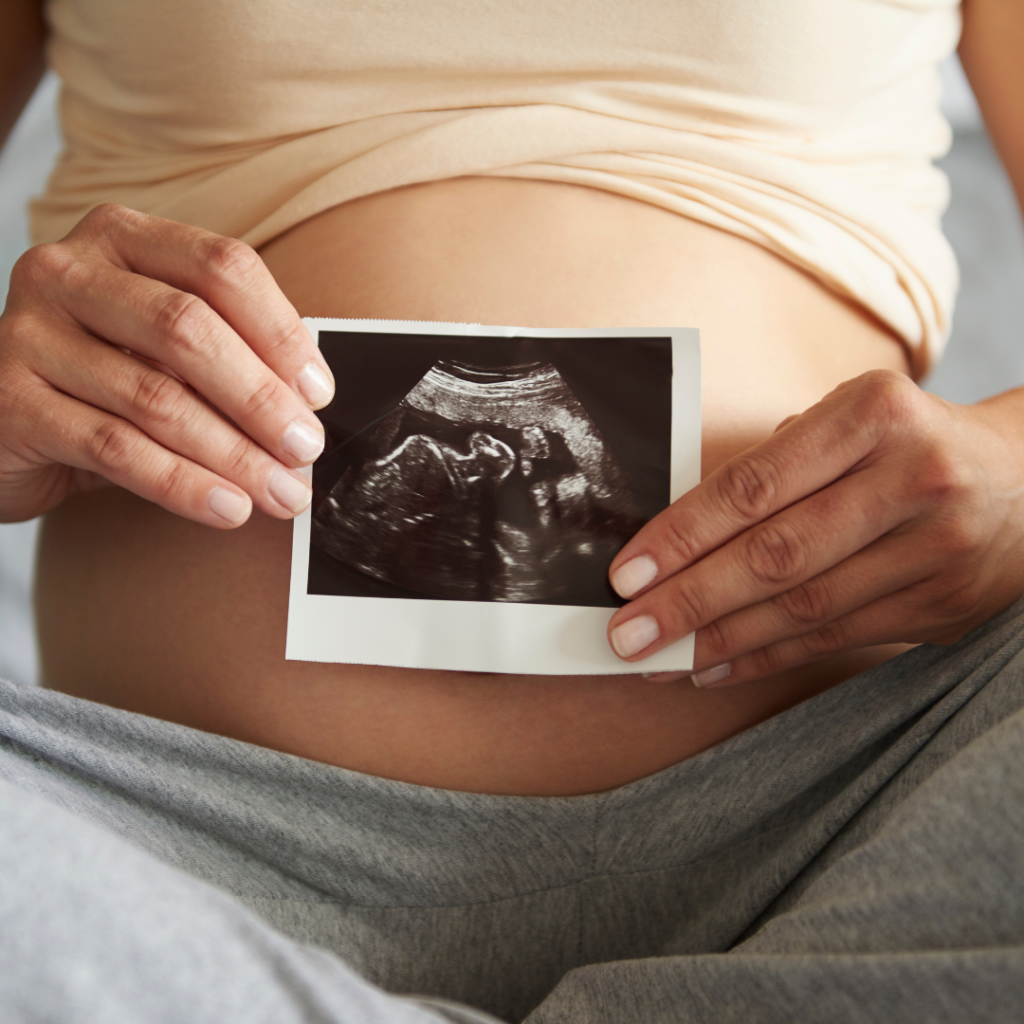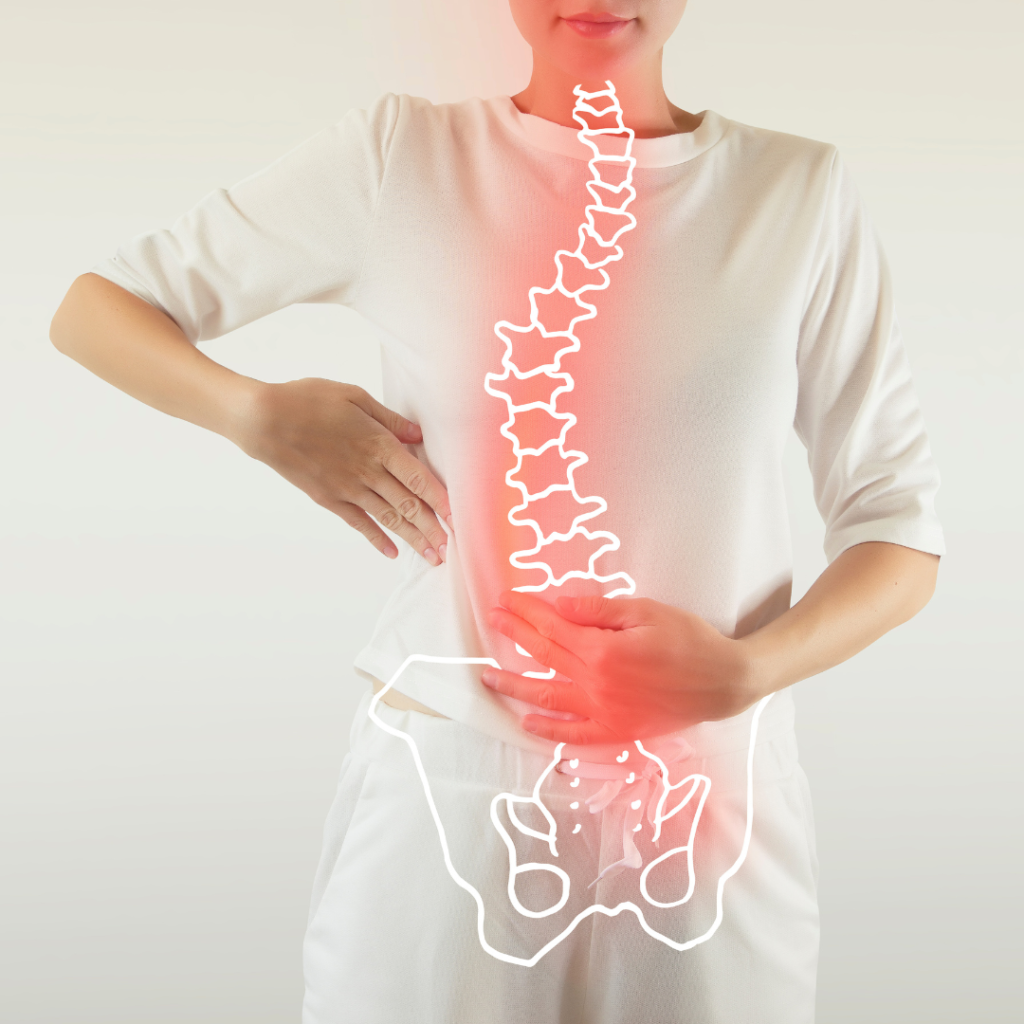.
.
.
.
.
.
.
.
.
.
.
.
.
.
.
.

OLDER ADULTS
As we age, our bones naturally weaken, increasing the risk of fractures. If you have a family history of osteoporosis, early and regular bone health screenings are essential to prevent injuries and maintain strength. Osteoporosis is a silent disease, often showing no symptoms until a fracture occurs. It affects over 200 million people worldwide, with 1 in 2 women and 1 in 5 men over 50 experiencing fragility fractures in their lifetime. Proactive assessment of bone density and fracture risk is vital for early diagnosis and effective treatment.
MENOPAUSAL WOMEN
Menopause brings hormonal changes that can significantly impact bone health. The decrease in estrogen levels during this time accelerates bone loss, especially in women who experience early menopause. Regular scans help track these changes, allowing for timely interventions to prevent osteoporosis and preserve bone strength.


CANCER PATIENTS
Advances in cancer treatment have improved survival rates, but many therapies—particularly hormone treatments for breast and prostate cancer—can weaken bones over time. These treatments may lead to reduced bone density and an increased risk of fractures, even without bone metastases. Regular bone health monitoring is essential for minimizing these risks and maintaining overall well-being during and after cancer treatment.
PEOPLE WITH DIABETES
Diabetes can interfere with bone health, increasing the likelihood of fractures and skeletal fragility. Type 2 diabetes, often associated with aging, sedentary lifestyles, and obesity, is linked to weakened bone quality despite normal bone density. Routine scans can help identify and manage these risks, providing a clearer picture of bone health and guiding proactive care.


EXPECTING MOTHERS
During pregnancy, significant amounts of calcium are transferred from the mother to the baby for fetal bone development. This process, combined with hormonal changes, can temporarily lower the mother’s bone density and increase the risk of fractures. Bone scans during this critical phase can monitor bone strength, helping mothers maintain their health while supporting their growing baby.
YOUNG ADULTS
Most bone mass is built during the teenage years and early twenties. Poor nutrition, sedentary habits, or disordered eating during this critical phase can lead to early bone weakening, increasing the risk of fractures later in life. Early scans can help young adults understand their bone health and take steps to strengthen their bones for the future.


MEDICATION SIDE EFFECTS
Certain conditions, like rheumatoid arthritis or kidney disease, and medications such as corticosteroids or anticonvulsants, can reduce bone density over time. Regular scans provide insights into these effects, enabling patients to address risks early and preserve bone health.
ARTIFACTS
Traditional DXA scans often overestimate bone density due to internal artifacts like spinal deformities, hardware, osteoarthritis, or calcifications. These inaccuracies can lead to a false sense of security and underestimated fracture risk. REMS technology revolutionizes bone health monitoring by providing a 3D analysis of bone density and quality, bypassing artifacts and delivering more accurate and reliable results. Using advanced ultrasound signals, REMS captures detailed tissue data often missed by DXA, ensuring a clearer understanding of fracture risk.

Take Action Today
No matter your age or stage of life, understanding and monitoring your bone health is essential to maintaining strength and preventing fractures. REMS provides a safe, radiation-free, and highly accurate way to assess your bone density and quality. Book your scan today and take the first step toward a healthier, stronger future.
SOURCES:
- Radiofrequency echographic multi spectrometry (REMS) in the diagnosis and management of osteoporosis: state of the art
- Radiofrequency Echographic Multispectrometry (REMS) can Overcome the Effects of Structural Internal Artifacts and Evaluate Bone Fragility Accurately
- Radiofrequency Echographic Multi-Spectrometry in the Diagnosis of Metabolic Bone Disease
